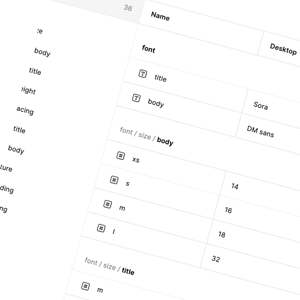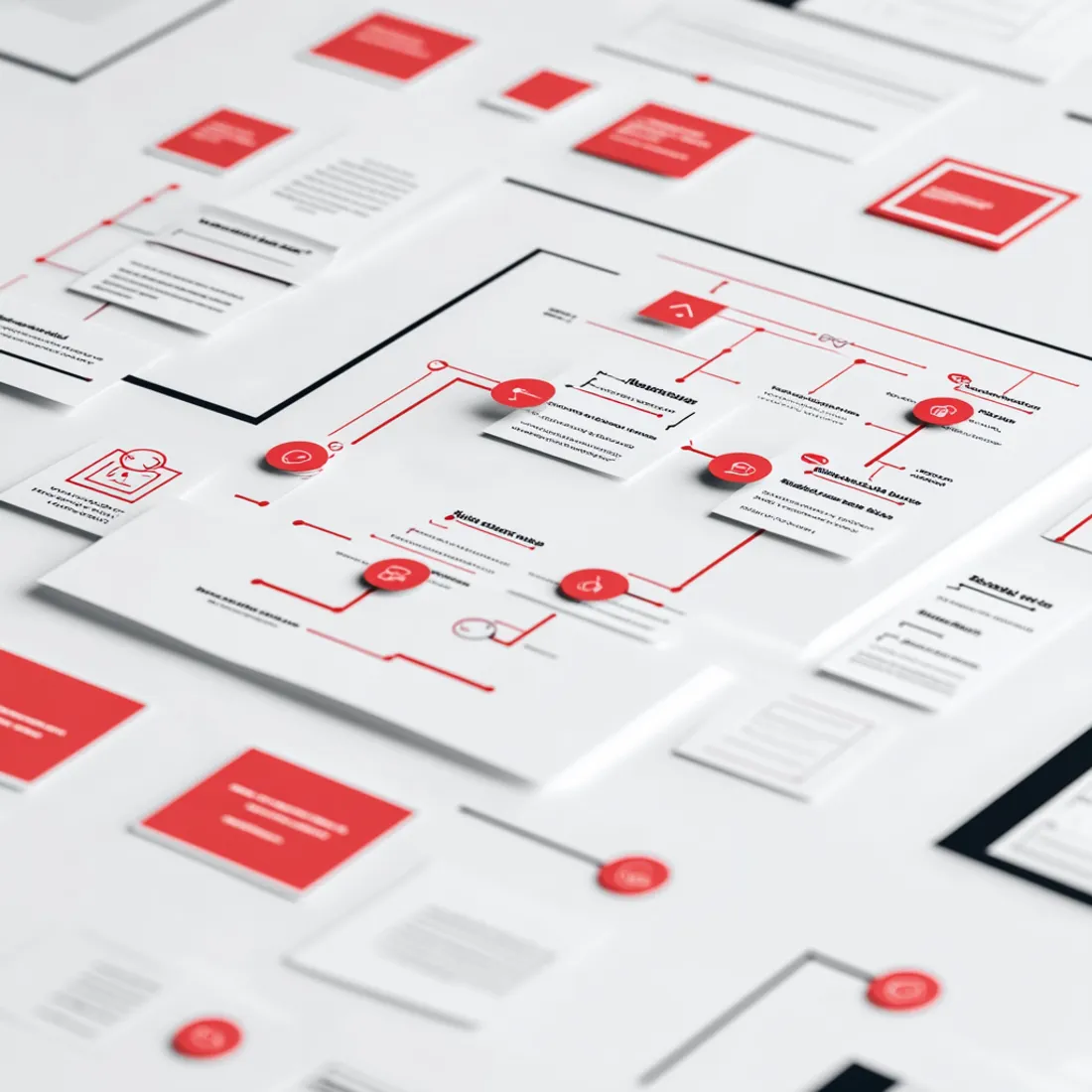1. Complex or confusing navigation
If users can’t find what they’re looking for quickly, they may abandon their visit. Poor information architecture (IA) or unclear menus confuse users, leading to higher bounce rates and lost conversions.
It can be tricky for organisations to nail their IA – particularly where stakeholders across the business are fighting for their content to be front and centre. Sometimes, an external view is vital in avoiding inward-facing navigation decisions.
2. Slow loading speed
A slow website or app can frustrate users, destroy trust and impact performance in search engine results. Research shows that even a one-second delay in page load time can reduce conversions.
Whilst there are some great tools out there now to help you identify if you have a performance problem, knowing what to do to fix it is not always straight-forward. A partner who can give you actionable advice (or indeed, action the advice) will ease the head-scratching and uncertainty.
3. Unclear Call to Action (CTA)
Weak or unclear CTA can confuse users about the next step. Buttons that are not visually prominent, lack urgency, or have vague text like "click here" can hurt conversion rates. Inconsistent CTA can be disorientating for users, particularly those with cognitive impairments or those using assistive technologies.
Improving CTA can dramatically impact the overall user experience and help ensure you’re optimising conversions. This can often be very simply solved through your content management system - provided of course your CMS platform empowers your content editors to make CTA changes. (If not, as Umbraco and Sitecore partners, we can help advise on CMS choice too!)
4. Lack of mobile optimisation
With 63% of web traffic now coming from mobile devices (and up to 90% depending on sector and time of day), designing mobile first is an absolute imperative. Poor mobile UX (not optimising for touch controls, unresponsive design) always results in high abandonment rates.
We helped one client increase their conversions by a hefty 23%, simply by tweaking their existing mobile experience.
5. Overly complicated forms
Long or complex forms are a major conversion killer. Users want a fast and simple process, ideally one that let’s them use all of their personal shortcuts such as pre-fills.
The solution isn't always about removing fields, but about smart form design. We've found that progressive form filling, inline validation, and clear error messaging can dramatically improve form completion rates. As digital experience partners, we can help you map out form journeys that feel effortless to users while capturing the critical information you need.
Making sure your forms are optimised for use with assistive devices, or for those with motor impairments, is also vital – so often, the basics of form accessibility get missed.
6. Poor visual hierarchy
If content isn't organised clearly, users struggle to focus on the right things. A bad visual hierarchy makes it hard for users to understand the flow of information, missing key elements that drive conversions.
Creating an effective visual hierarchy is part science, part art. It's about guiding the user's eye to the most important information through strategic use of typography, spacing and layout (colour can be good too, but don’t rely on it!).
7. Lack of trust signals
Without trust signals like security badges, reviews, and testimonials, users hesitate to complete purchases or share personal information. Lack of transparency lowers trust and conversions.
Building digital trust is crucial with increasingly security-concerned audiences. We help clients implement trust-building strategies that go beyond simple badges—integrating genuine customer stories, clear privacy policies, and transparent communication can significantly reduce user hesitation.
8. Cluttered or overwhelming design
A busy, overcrowded interface can overwhelm users, making it hard to focus on the product or service.
Embracing the principle of "less is more" can be transformative. We've found that strategic whitespace, clear typography, and focused design can create breathing space that actually draws users towards key actions. It's not about minimalism, but about intentional design that removes cognitive load and makes decision-making easier.
9. Poorly designed checkout process
It shouldn’t come as a surprise that a poorly designed checkout experience can wreak havoc with your conversions. Hidden costs, unclear payment options, or multi-step processes create unnecessary friction.
Checkout optimisation is a critical conversion lever. We've helped clients streamline their checkout processes, reducing steps, offering multiple payment methods, and providing clear, upfront pricing. In one project, we reduced abandonment by 18%, just by making a few simple changes to the checkout flow and adding additional payment options.
10. Inconsistent user experience across devices
Users may start their journey with you on one device and finish on another. If their experience isn't seamless across platforms, it can lead to frustration, suspicion and lower conversions.
Truly responsive design goes beyond just making a site look good on different devices. It's about creating a consistent, intuitive experience that feels native to each platform. This is a special skill and one our UX team is particularly passionate about!
BONUS: Lack of personalisation
Your users expect personalised experiences, whether they realise it or not—you need to give them parity with the very best digital experiences they encounter every day, and that means ‘show me that you know me’.
Personalisation isn't just about using a customer's name (although that does help). It's about creating genuinely relevant experiences. By leveraging data intelligently and ethically, we help clients create experiences that feel tailored to individual user needs, increasing engagement and conversion potential.
























